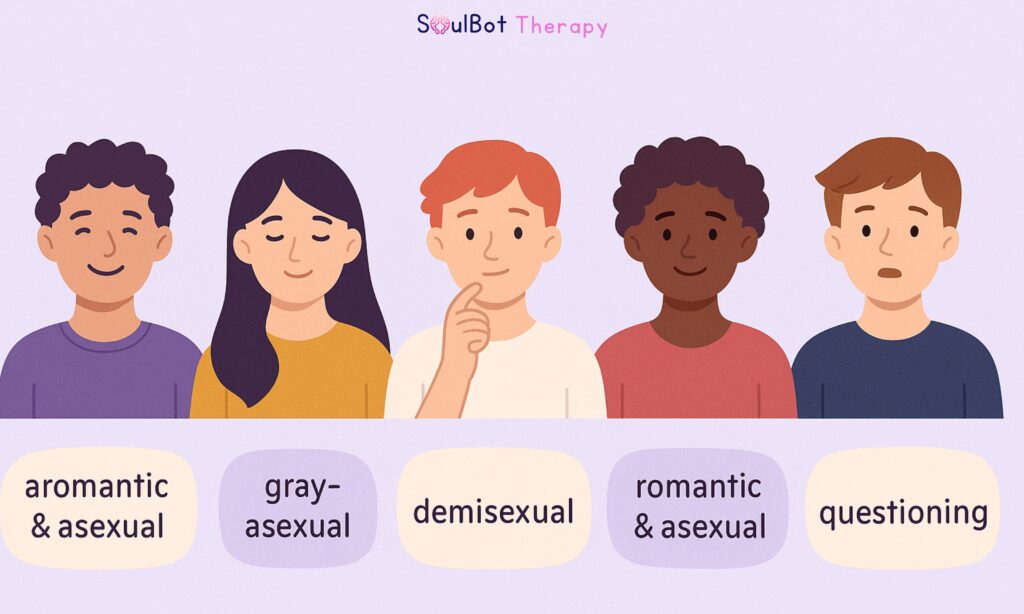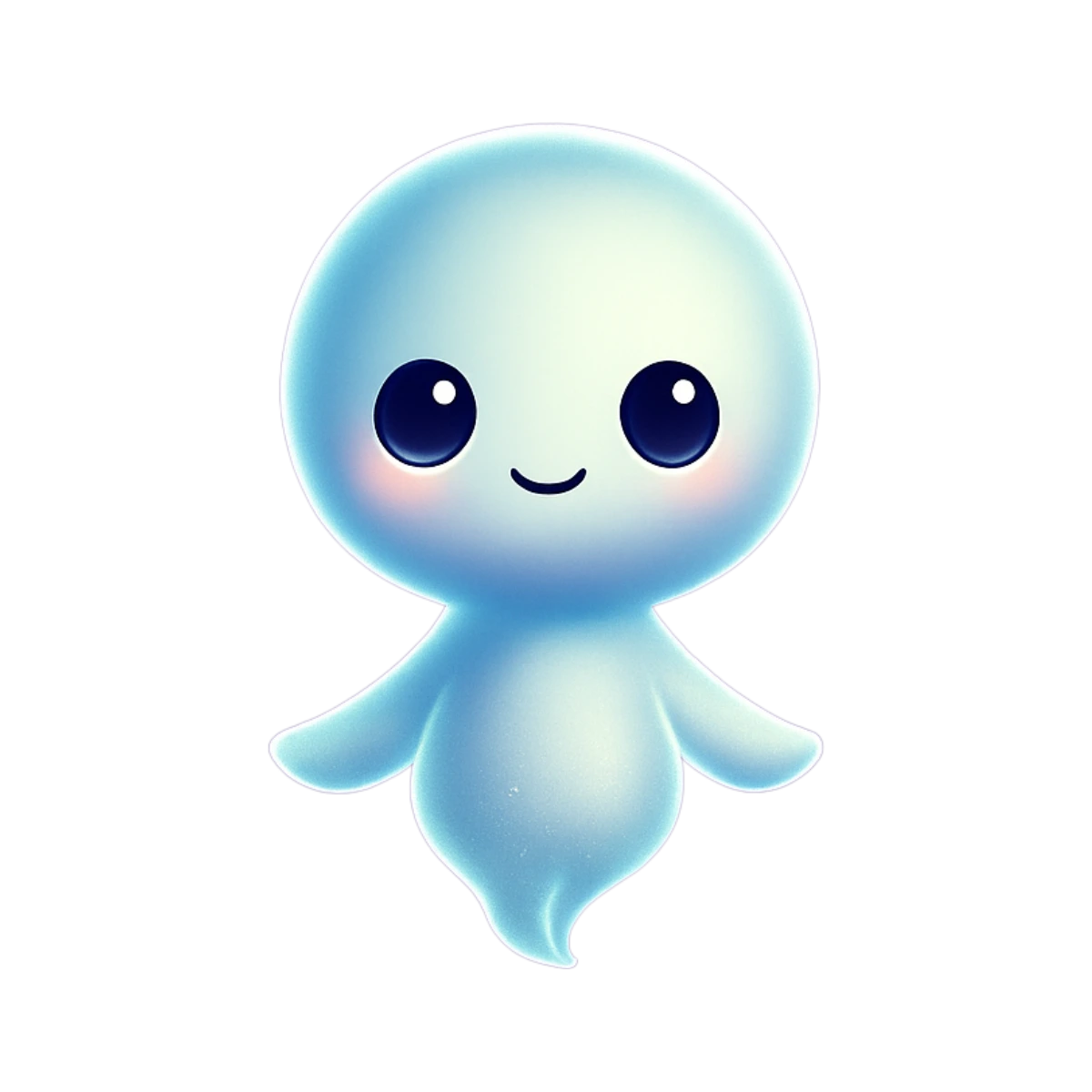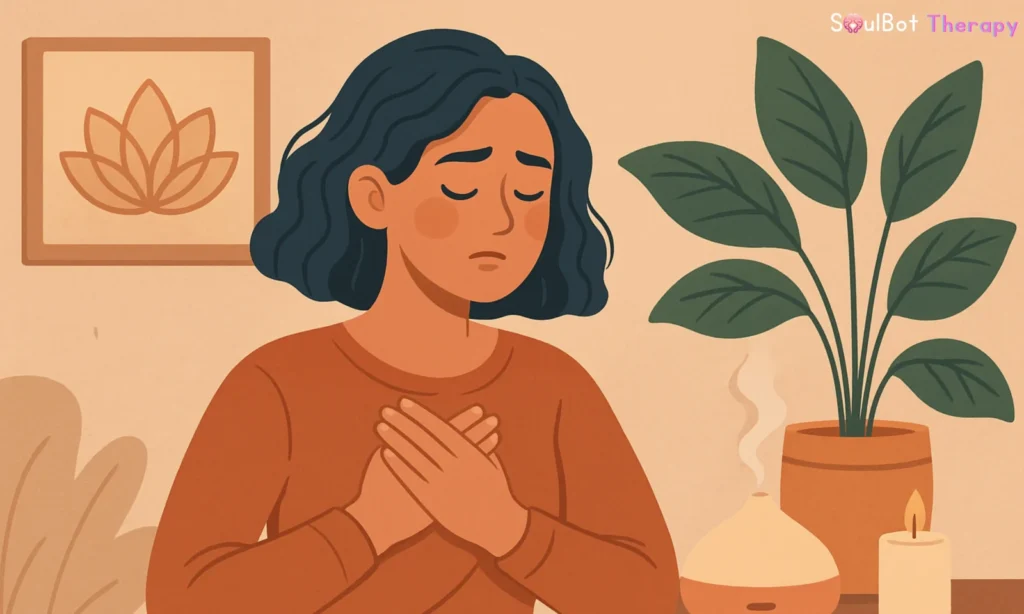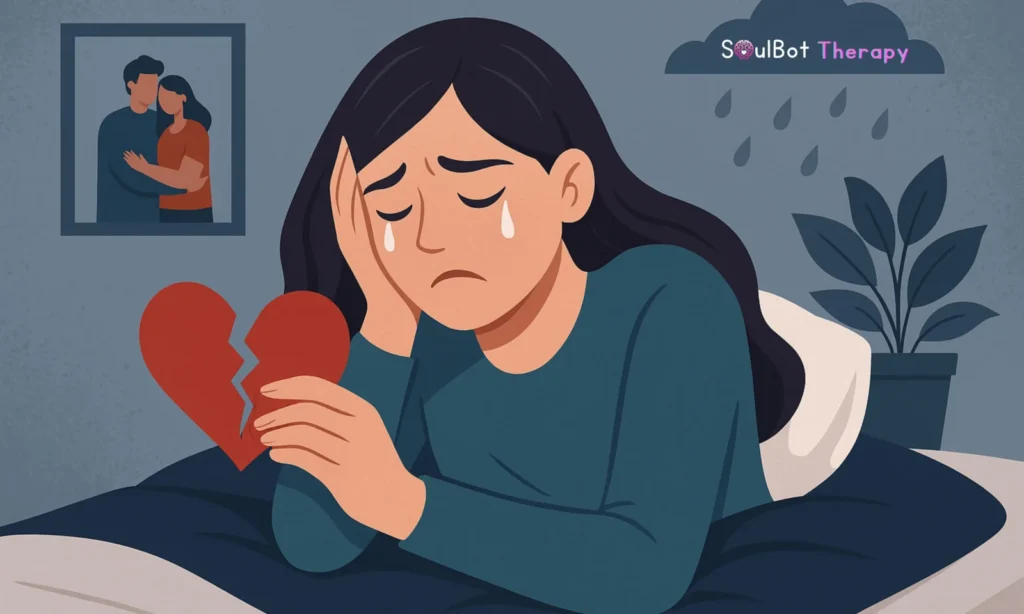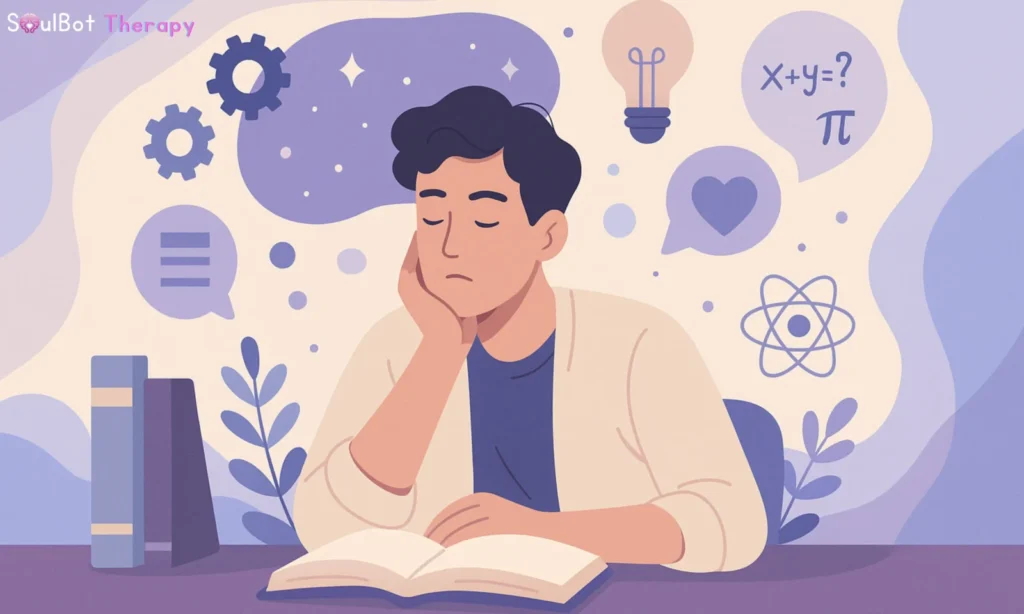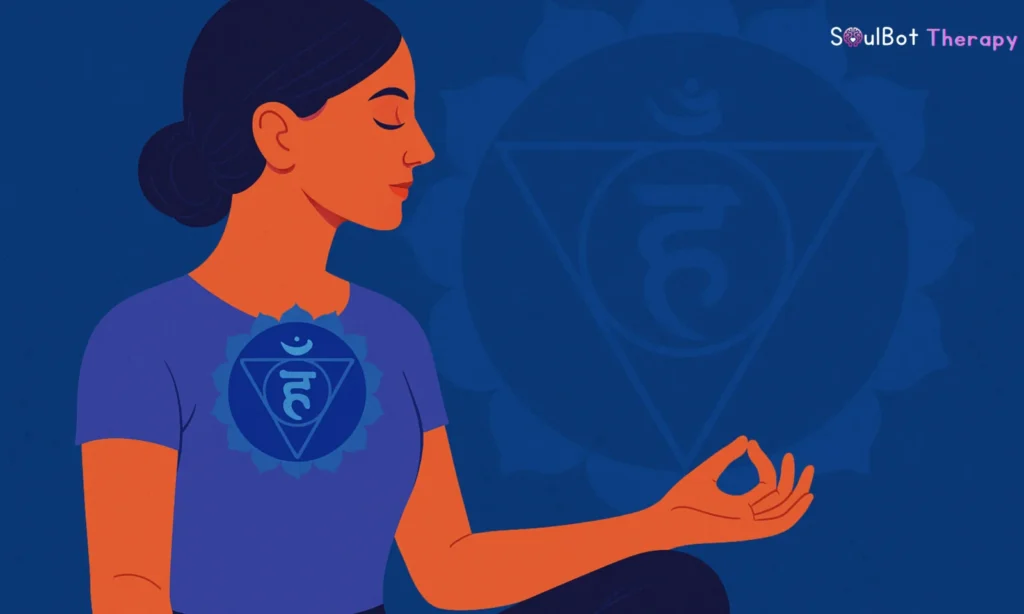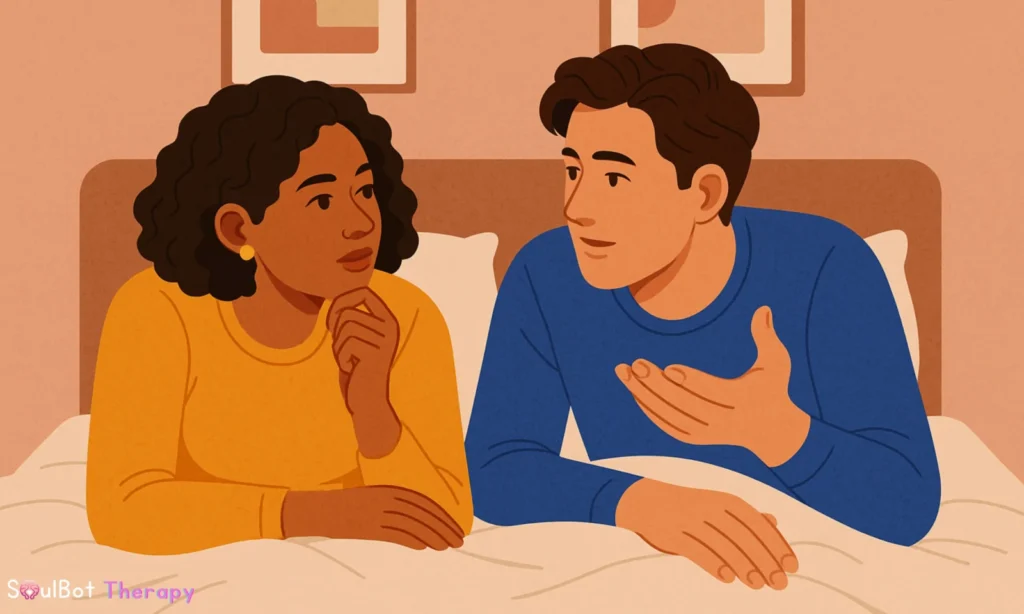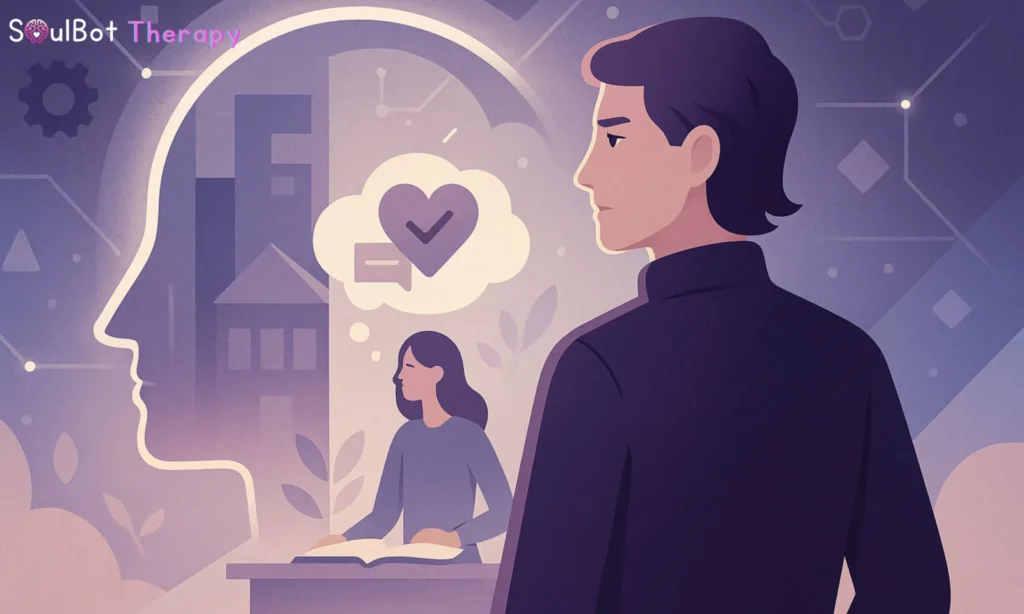Asexuality is a valid and real sexual orientation, and it’s often misunderstood, overlooked, or erased in conversations about identity.
If you’ve ever felt different when everyone else was obsessing over crushes, hookups, or dating — or you want to understand asexuality with empathy, this guide is for you.
Let’s break the myths, bring the spectrum into focus, and give asexuality the space it deserves in mental wellness and identity.
🧠 What Is Asexuality?
Asexuality is a sexual orientation where a person experiences little to no sexual attraction toward others.
That doesn’t mean someone who’s asexual can’t form deep relationships, fall in love, or have romantic feelings; it simply means sexual attraction isn’t a defining factor in how they connect.
Asexuality isn’t “brokenness.” It’s a legitimate orientation just like being straight, gay, or bisexual.
📊 Quick Fact
Studies suggest 1% of the population identifies as asexual but the real number is likely much higher due to stigma and underreporting.
🎨 Asexuality Is a Spectrum: Not One-Size-Fits-All
Asexuality doesn’t look the same for everyone. That’s why it’s called the asexual spectrum, or Ace Spectrum. Here’s a quick breakdown:
| Type | Description |
|---|---|
| Asexual | No or minimal sexual attraction. |
| Gray-Asexual | Occasionally experiences sexual attraction under specific conditions. |
| Demisexual | Experiences sexual attraction only after a strong emotional bond. |
| Fraysexual | Feels sexual attraction at first, but it fades as emotional intimacy grows. |
| Reciprosexual | They only think of attraction when they know the other person is interested. |
People on the autism spectrum may still desire relationships, touch, or romance, but they experience it differently.
💡 Asexual vs Aromantic — Are They the Same?
Nope, but it’s a common confusion!
| Asexual | Aromantic |
|---|---|
| No or limited sexual attraction | No or limited romantic attraction |
| May still fall in love or want relationships | May prefer platonic partnerships |
| Can be romantically involved but not sexually | Can be sexually active but not romantically interested |
You can be asexual and romantic, aromantic and sexual, or both. There’s no “right” combination.
🔍 Common Misconceptions About Asexuality
Let’s bust some myths that hold people back from self-acceptance:
- ❌ “It’s just a phase.”
✅ Asexuality is not temporary. It’s an orientation. - ❌ “You just haven’t found the right person.”
✅ Attraction isn’t something that needs “fixing.” - ❌ “Asexuals can’t be in relationships.”
✅ Many asexual people enjoy romantic, emotional, or even physical relationships on their own terms. - ❌ “It’s the same as celibacy.”
✅ Celibacy is a choice. Asexuality is an identity.
📣Book a free, non-judgmental session with our queer-affirmative therapists🧠 Why Understanding Asexuality Matters? (Especially for Mental Health)
Feeling “different” or “broken” in a hyper-sexualized world can lead to:
- Low self-esteem
- Identity confusion
- Isolation
- Internalized shame
- Fear of relationships
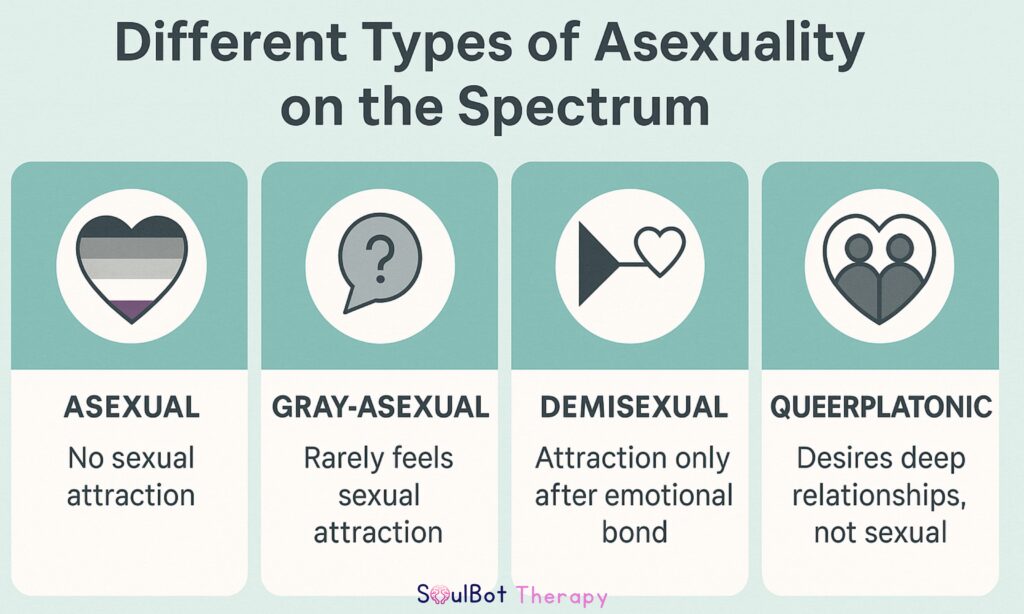
That’s why platforms like SoulBot Therapy aim to create inclusive spaces where people can explore identity without judgment, through both AI therapy and community-based education.
🧭 How to Know If You Might Be Asexual?
Ask yourself:
- Do I rarely or never feel sexually attracted to anyone?
- Do I avoid dating not out of fear, but disinterest?
- Do I feel out of place when friends talk about sexual attraction?
- Does emotional intimacy feel more critical than physical?
- Do I feel stressed by expectations around sex in relationships?
If you’re nodding “yes” more than “no,” you might be somewhere on the asexual spectrum, and that’s 100% okay.
🌿 How to Support Someone Who’s Asexual?
- Don’t invalidate or question their identity
- Respect their boundaries without pressure
- Ask what intimacy means to them and listen
- Avoid suggesting “they just need to try it.”
- Let them define the terms of their relationships
🤖 How SoulBot Supports Asexuality Exploration?
With our AI mental health companion, you can:
- Journal your thoughts on identity and attraction
- Explore your place on the asexual spectrum
- Reframe internalized shame or doubts
- Talk about relationships on your terms
- Get matched to human therapists (if needed)
🌀 Whether you’re questioning or confident, you deserve support that aligns with your identity, not one that tries to change it.
Conclusion
Asexuality is a real and valid part of the human experience. Understanding the asexual spectrum helps break myths, foster empathy, and create a more inclusive world. Whether you’re exploring your identity or learning to support others, remember—everyone deserves to feel seen, respected, and accepted just as they are.
Chat with SoulBot: Your AI Mental Health Companion.

